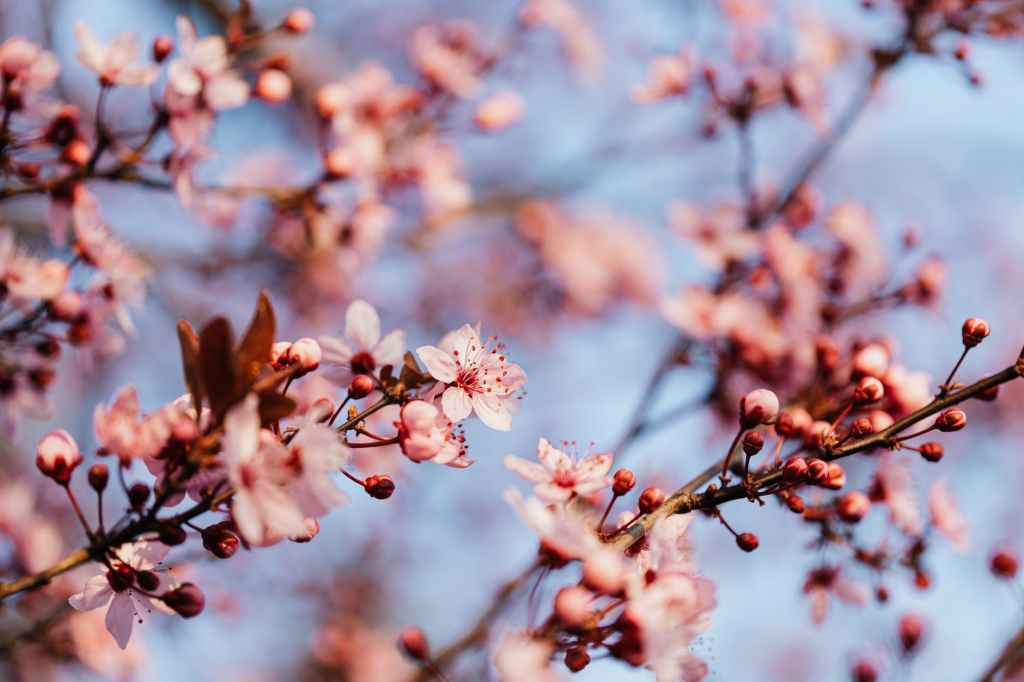
Forest gardens are growing all around the world in many different climates and sizes.
Also called under-planted agroforestry or food forests, forest gardens make the most of space using many layers in the forest to enhance biodiversity and food production, with minimal soil disturbance and using the sustainable principles of permaculture.
Forests have been around for 460 million years. They are self-sustaining; no weeding, watering, spraying, digging, crop rotation! (Mother nature knows what she’s doing.) They are home to approximately 50-90% of all the world’s terrestrial (land-living) biodiversity (Source: WWF Living Planet Report 2010) Forest gardens are created to emulate a real forest, but we fill it with plants and trees that produce food (e.g. nuts, berries, fungi, leaves, herbs, root crops), useful materials (such as coppice timber, dying plants), natural fertilisers (e.g. nitrogen fixing plants) and even plants with medicinal properties.
If you get the chance to visit Martin Crawford’s Forest Garden in Totnes, Devon, it’s a great experience. As an expert in this field, he’s been growing a forest garden for over 25 years with a huge range of plant species including native and non-native. Whilst much food is available for insects, birds and animals, there’s more than enough to produce a good harvest.
